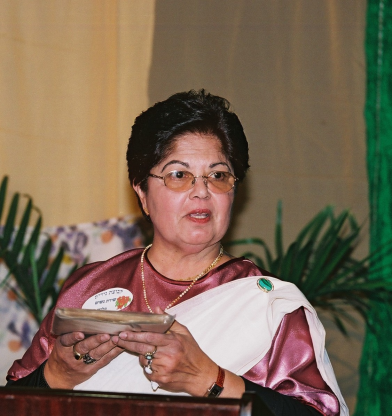
Hebräischer Tanz is a Chabad Lubavitch tune from Mogilev transcribed by Kisselgoff following the Ansky expeditions. It is the basis for Solomon Rosowsky’s trio titled Fantasticher Tanz über eine Hebräischer Thema (Rosowsky 1914). Stutschewsky may have borrowed the theme from this source.. This very fast Hassidic dance tune portrays an ecstatic dance. It is a gay climax of the album before the somber Kol Nidrei prayer that ends it.
Stutschewsky’s arrangement combines the Hassidic dance tune with a klezmer style accompaniment, a variation of an um-pah pattern we found in the accompaniment of the Zoock’s first part. Half of the rhythmic pattern in the bar is marked forte and the second half piano, a somewhat theatrical gesture that in the first bar functions as a curtain opening. The tune picks up in two points: one marked by a fermata and the other marked breit (broad) and ritenuto. This gesture may allude to moments in which the Hassidim halt their dance and look up to reconnect with their Creator before continuing with the dance. On the repeated G note in the melody the piano brings unexpected harmonies: C minor seventh, G major and E flat augmented resolving back on G major.
Built on motivic developments, the melody moves around G harmonic minor to G freygish ending on a G major chord. The melody is characterized by an octave leap on G followed by a repeated D note that leads to a closing descending line. The accompaniment up until the fermata climax on bar 8 is rhythmical, offering a dissonant counterpart to the melody. The filling line from bar 3 sustains a second interval answering bass chords that are tense and clashing with the melody. The end of this tune on G major may imply a returning point to the beginning as in the cyclical Nigun on a Soff. In addition, this chord leads to the next and final number in A minor – the Kol Nidrei.





